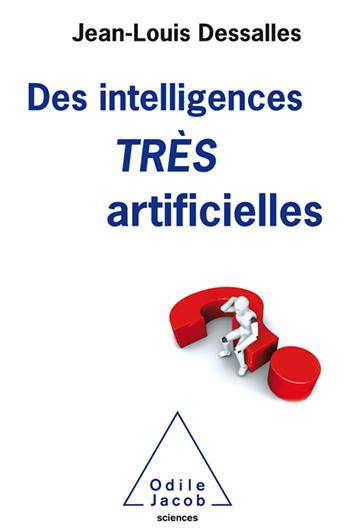SIMPLICITY: Simplicity Theory & Artificial Intelligence
EVOL.&LANG.: Evolutionary origins of language and of cognition
NARRATIVE: Cognitive modelling of interest in conversational narratives
ARGUMENTATION: Cognitive modelling of relevance in argumentative discussions
MEANING: Cognitive modelling of meaning
|
|
CONVERSATION: Cognitive modelling of spontaneous conversation
EMOTION: Cognitive modelling of emotional intensity
LEARNING: Cognitive modelling of concept learning
CONSCIOUSNESS: Qualia cannot be epiphenomenal
EMERGENCE: Emergence as complexity drop
EVOL.&INFORM.: Evolution and information
|


![]()